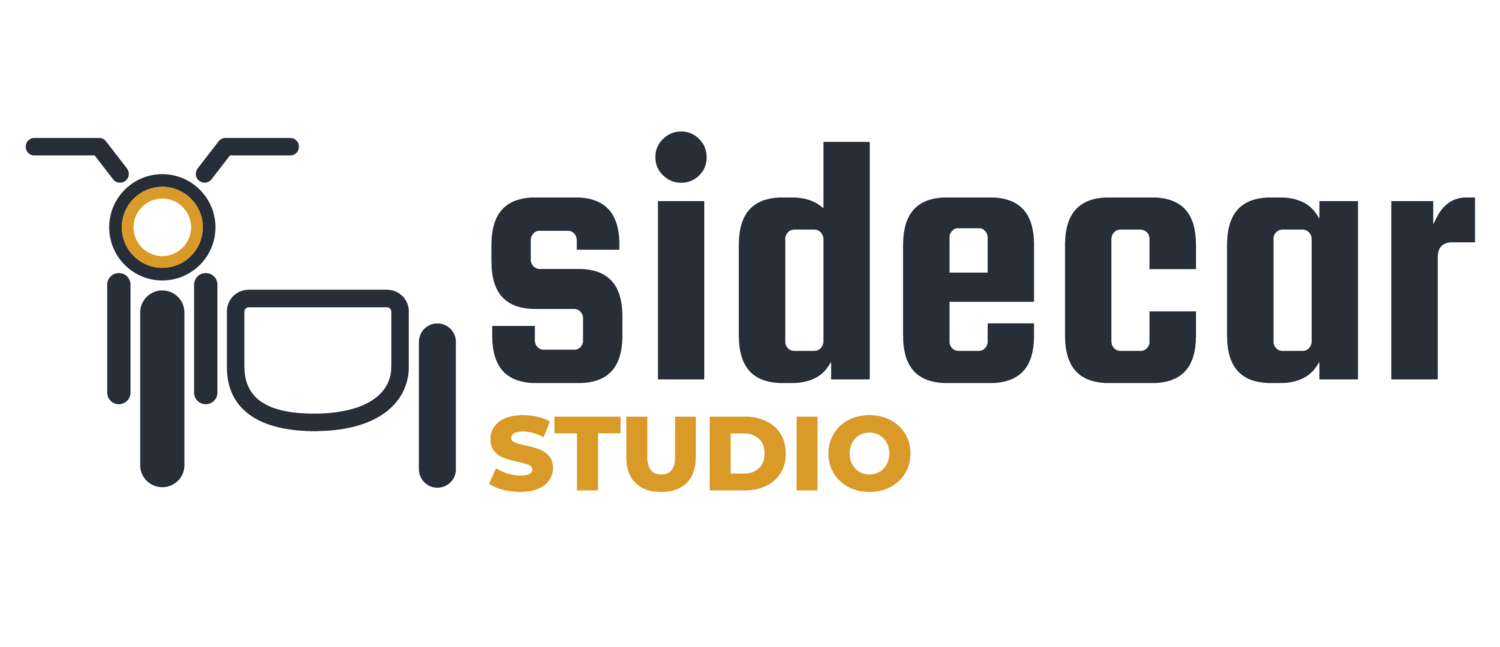4 Types of Lighting for Your Home Photography Studio
Let me guess, you have been a photographer for a little while now in one form or another, and you are now ready to take that next step into setting up your own photography studio. This is an exciting step that allows room for more opportunities and to be more creative! Besides the bare minimum of a camera body and a lens, one of the most important areas to invest in for your home studio is lighting. Here is a list of 4 styles of lighting for your home studio and why you should consider each of them!
#1 Natural Light
One of the most important aspects of photography is lighting. The saying goes bright pixel are sharp pixels and light can really make or break a good photo. When you are first starting out in photography, the only light source you have is the one that is readily available to you, natural light. The majority of photography taken outdoors relies on the sun (or moon) as their main light source, but we can’t forget the power of natural light in home studios.
If you are wanting to set up your own home studio, try your best to find a room that has a large window that has sunlight coming through it. Two things to note, thin white curtains are amazing on a window for creating a soft light source for nice, natural looking shadows, and if you are planning on using any form of artificial studio light, be sure to find black out curtains or have a dark sheet over the window when you are not wanting the natural light in your photos.
#2 Speedlights or “Flashguns”
The second form of lighting that photographers use in their home studio is off-camera flash, speed lights or “flashguns”. you can pick up a manual speedlight for around $80 and although they are not as powerful as something like a studio strobe, they are small, versatile and very useful when paired with lighting modifiers.
One of the biggest benefits of using speedlights is that they are light and portable. You can use a speedlight attached directly to the hotshoe on the top of your camera for a wedding photos, and then that same week you can use the speedlight off-camera in your studio space for anything from model photos to product photography.
If you are going to use a budget speedlight off camera, then most likely it will not have any wireless capability built into the flash. For this reason it is a great idea to purchase a pair of these Yongnuo Wireless Recievers for around $40. One of the receivers attached to the top of your camera, and the other connects to the bottom of your speedlight to allow you to have a wireless flash. I have a pair of these receivers from several years ago and they still work great! On a quick side note, these also work as a wireless remote for your camera and you can also attach the receiver to any studio strobe that isn’t wireless (you’ll read more about that below) If you are interested in attaching light modifiers to your speedlights, be sure to pick up a couple of these speedlight brackets to attach them to your Bowens modifiers.
“I have a pair of these receivers from several years ago and they still work great!”
#3 Continuous Lighting
If you have a very lean budget for lighting, another option is to use continuous lighting. These are similar to your typical light bulbs that are always lit, but on a brighter scale. You can pick up two continuous lights including soft boxes for them for under $100. One of the benefits of continuous lighting is that you are always able to see how your lights will effect shadows etc in your photos.
In the past few years, continuous lighting has largely been heading towards LED light panels which work better than bare bulbs, but these panels are much more expensive and not worth the investment unless you are also doing lots of video work. I would still strongly suggest going with one of the other lighting options as continuous lights are not very bright for photography and are used more often in videography such as video interviews.
#4 Monolights or “Studio Strobes”
Lastly, most professional studio photography work takes advantage of monolights or “studio strobes”. These are the large lights that you have come to recognize in most studio setups. They can vary significantly in cost from the $150 Godox SK400 to around $2000 for the Profoto B10. Keep in mind that unless you use different adapters, the studio strobes that you purchase will need to be the same mount as your modifiers. This is why my recommendation, especially for someone starting out in flash photography would be to purchase one or two strobes by Godox like the one listed above.
Almost all strobes take advantage of having two light sources. There is a large bulb in the centre called a “modelling light” which is a form of continuous light that can be turned on and off to see how your light will effect shadows in your frame, and there is the actual “flash tube” which flashes extremely bright and gives off a popping sound. It is worth noting that when you fire a strobe, the modelling light will shut off briefly and will therefor have no effect on your photo.
Strobes from budget brands like Godox or Neewer work with the Bowens mounting system which is the most universal style of light modifier. If you stick with the Bowens mounting system, you’ll always have a good selection of lighting modifiers at your disposal.

